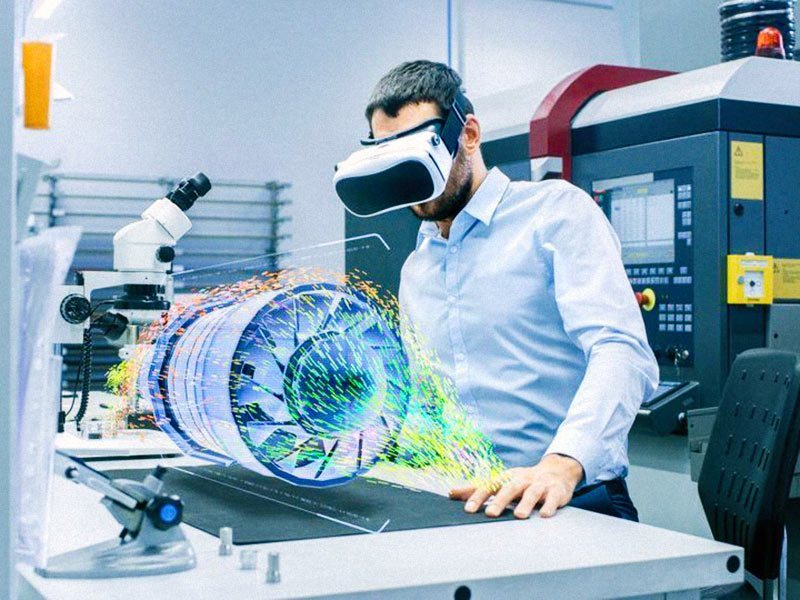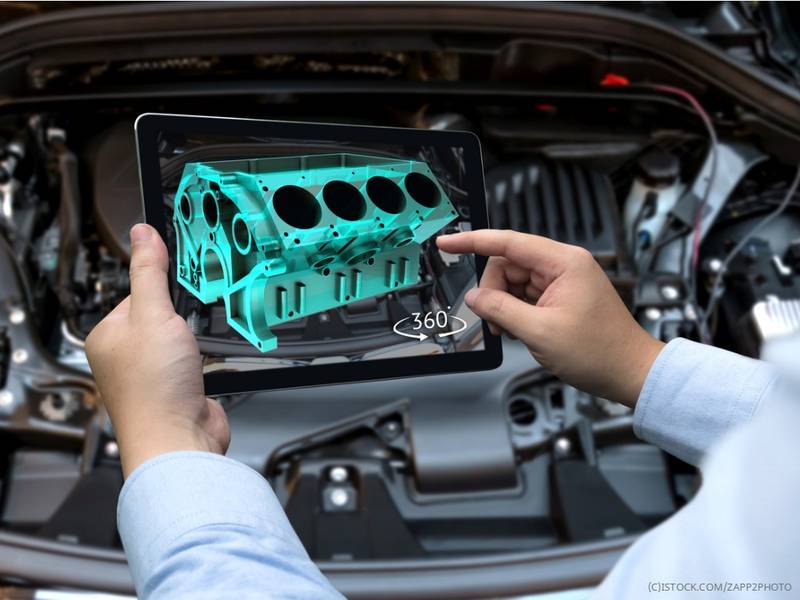
Do you remember how Keanu Reeves was transported to that blank space with all the weapons in the Matrix? That’s real now: You can transport your event audience there with augmented reality and virtual reality for events.
From Pokemon GO to Instagram “Dog Face” filters and IKEA furniture planning, AR and VR technology is all around us.
But what does that have to do with events?
In this article, we will cover…
- The difference between RA and RV.
- Why you should consider using them.
- The latest trends in RA and RV.
- Specific ideas on how to use them in events.
- Where you can get RA and RV technology.
What is the difference between RA and RV?
The two terms are often (and erroneously) used interchangeably. While both technologies are based on virtual images and animations, there are some key differences between the two.
Augmented Reality (RA).
AR adds one or more visual layers in addition to what you already see in the real world. Think Snapchat and Pokemon GO filters. It also requires fewer computers than VR.
Virtual Reality (VR).
Virtual reality doesn’t depend on the world around it. Instead, it transports you to a completely new, virtual location. It requires special equipment, such as headphones, gloves, sticks, and olfactory devices.
Benefits of using reality RA and RV in events.
It may seem excessive to spend your event’s budget money on expensive technology. But you might change your mind once you know how incredible (and affordable) it really is.
Add additional layers to your event.
RA can add visual layers to your event that will enhance your audience’s sensory experience. Imagine how much they’ll talk about your event when it’s over.
Differentiate from the competition.
If you are working in a very competitive environment (most of us are), you can gain an advantage over your competition by being one of the few organizers who use RA and RV in their events.
Be at the forefront of new technologies.
There are many skeptics in the event industry. Not all event organizers will take the opportunity to use RA and RV. Be a pioneer and show you’re on the move.
Don’t break the bank.
If you’re organizing a big event, it might even be worth building an RA application. It can be done for as little as $5,000 and could save you a ton of money on event signage.
RA and RV trends
Both technologies have been around for some time, but it appears that AR will surpass VR in 2020 and beyond.
RA and RV key facts and figures.
Here are some facts and figures related to RA and RV:
- Most AR users are between 16 and 34 years old.
- The RA market is currently worth $3.5 billion.
- RA will make more money than RV in 2020.
- There will be one billion RA users by 2020.
- Most consumers think RA is beneficial.
- Most sellers will spend money on RA and RV.

Future trends in RA and RV.
And here are some of the RA and RV trends you can expect to see:
- Education Students and staff can conduct virtual training simulations.
- Shopping: Customers will see products in their homes before they buy them.
- Entertainment: Cinema and games will merge with virtual reality.
- Collaboration: Virtual workspaces will revolutionize collaboration.
- Driving: RA-equipped vehicles can display visual traffic updates.
Ideas on how to use RA and RV in events.
So how can you use augmented reality and virtual reality for live events? Well, you’ll be surprised how many options you have…
Virtual assistance.
It is not always possible or worthwhile to travel around the world for an event. But virtual reality will soon allow people to attend events without being there physically… and not miss anything. In fact, virtual reality meetings for business conferences are already becoming palpable.
Virtual venues.
You’ve probably reviewed a panoramic view of a hotel or two from your website. That’s a basic example of virtual places. Imagine how easy it would be to plan an event that way.
Virtual tours.
Virtual venues are not just for planning. They’re also a great way to take tours. Even with the right equipment, you can improve the tours with additional sensory stimuli such as smell and touch.
Increased experiences.
AR devices, headphones, eyeglasses and contact lenses can literally add an extra layer to your event space. Combine it with your event software to add virtual signage in addition to what your guests see.
Live results.
Events that depend on donors and sponsors may ask them to put on VR headsets and see the results of their support. Transport them to a remote location where they can experience it firsthand.
Name tags and virtual business cards.
Networking is important, but remembering names is difficult. RA can solve that problem with extremely cool name tags and virtual business cards that you can see with a smartphone.
Product features.
There are only so many product features that you can demonstrate to customers at a trade show or business conference. But the RA allows you to show them all the product features and more.
Gamification.
Everyone loves a good game (especially if there is a good prize). Both RA and RV open the door to gamification to the next level of your event. Have attendees compete in a virtual space.
Photo booths.
Photo booths are a basic element in many events, but RA technology takes it to a higher level. Attendees can easily change the background and add images and animations to their photos.
How to configure RA and RV in events.
If it sells in any of the concepts, it’s time to see some companies that can help you set it up for your next event.
Take a look at these RA and RV rental companies:
- Diverse Interactive
- Harmony
- Spark Lab
- Virtual Reality Experiences
Ready for the future?
Augmented reality and virtual reality for events are a great way to bring things to life. Although they may currently be a bit expensive for smaller events, they will surely become cheaper in the next few years.
Do you have first-hand experience with RA or RV? Leave us a comment in the section below and tell us what you think.
